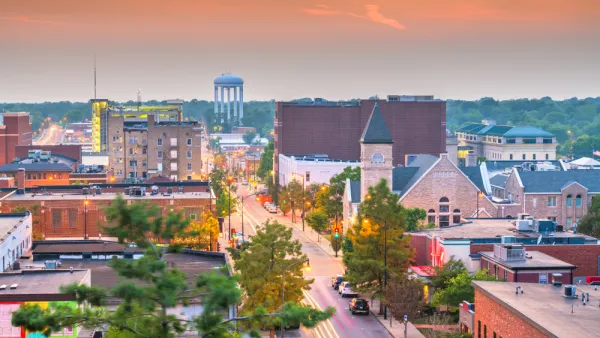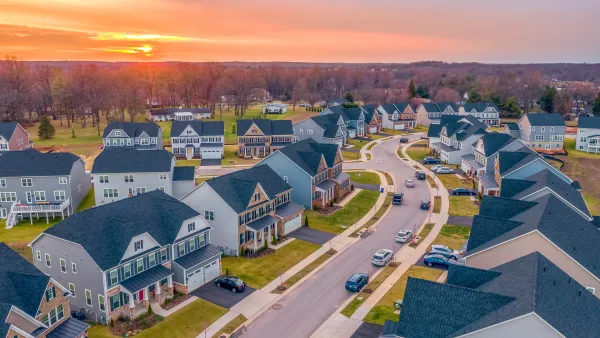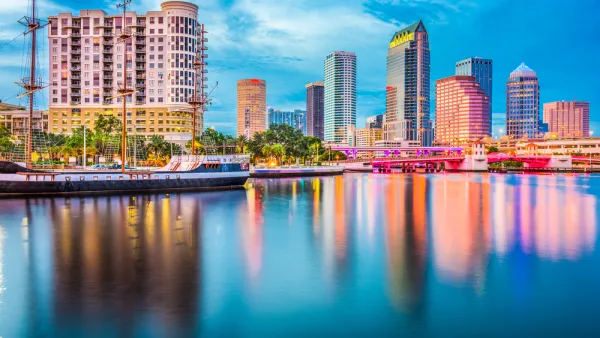Although remote work has opened up new housing possibilities for many Americans, data indicates that migration flows to 'heartland' cities have been relatively modest.

Despite hopes that the boom in remote work and "untethered" tech employees would "redistribute economic vitality more evenly across the country after a decade of excessive concentration in coastal 'superstar' cities," a joint Brookings Institution and Walton Family Foundation study by Mark Muro, Yang You, Robert Maxim, and Max Niles "raises questions about the true potential of the remote-work-driven renewal storyline."
"An April CBRE analysis on migration patterns—based on frequently updated U.S. Postal Service data—reported that while the outflow of people from dense, high-cost urban metro areas accelerated in 2020, the flows were rather modest in most cases (with the exceptions of the Bay Area, New York, and Seattle). What’s more, most of the moves were short to moderate distances, often to nearby counties—not the nation’s interior."
The report, State of the Heartland: Factbook 2018, "found that in 2020, there was a gross total of 700,000 outbound moves from the Bay Area—but only 12,000 address changes were filed for moves from the Bay Area to the 19 classic heartland states. These 12,000 moves do not seem nearly enough to significantly revitalize the region." Nationwide, the number of people moving away from large coastal cities "amount to less than 0.2% of the 125 million heartland and Mountain West population—again, not enough people to significantly revitalize the nation’s massive interior and its challenged small towns and cities." Additionally, "[r]emote work is declining rapidly, as more firms and workers prioritize at least some in-office work each week."
The authors conclude "most heartland cities should not hold their breath for quick, migration-driven turnarounds generated by the arrival of new tech or professional workers from the coasts." Rather, "regional leaders will need to continue making the kind of conscious, long-term investments that have long been the drivers of local economic growth and high standards of living."
FULL STORY: Remote work won’t save the heartland

Analysis: Cybertruck Fatality Rate Far Exceeds That of Ford Pinto
The Tesla Cybertruck was recalled seven times last year.

National Parks Layoffs Will Cause Communities to Lose Billions
Thousands of essential park workers were laid off this week, just before the busy spring break season.

Retro-silient?: America’s First “Eco-burb,” The Woodlands Turns 50
A master-planned community north of Houston offers lessons on green infrastructure and resilient design, but falls short of its founder’s lofty affordability and walkability goals.

Test News Post 1
This is a summary

Analysis: Cybertruck Fatality Rate Far Exceeds That of Ford Pinto
The Tesla Cybertruck was recalled seven times last year.

Test News Headline 46
Test for the image on the front page.
Urban Design for Planners 1: Software Tools
This six-course series explores essential urban design concepts using open source software and equips planners with the tools they need to participate fully in the urban design process.
Planning for Universal Design
Learn the tools for implementing Universal Design in planning regulations.
EMC Planning Group, Inc.
Planetizen
Planetizen
Mpact (formerly Rail~Volution)
Great Falls Development Authority, Inc.
HUDs Office of Policy Development and Research
NYU Wagner Graduate School of Public Service




























